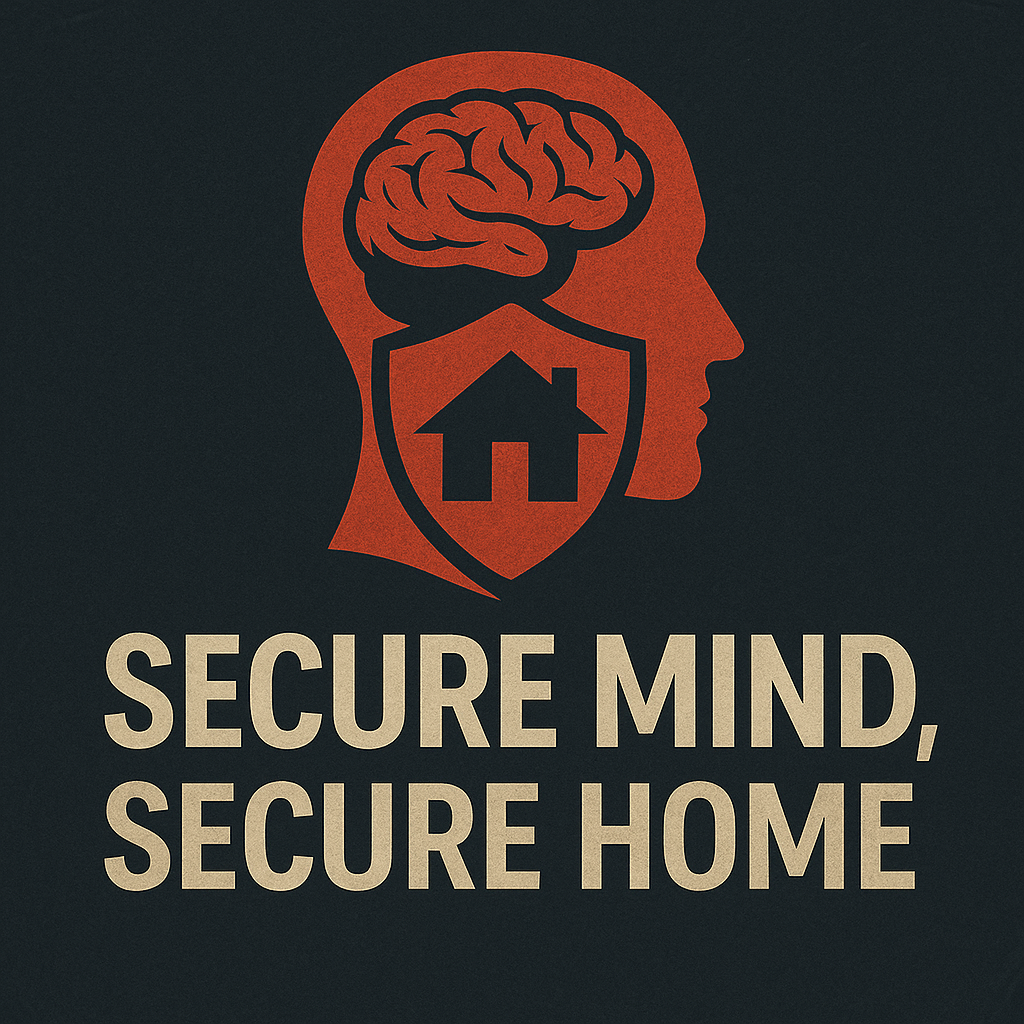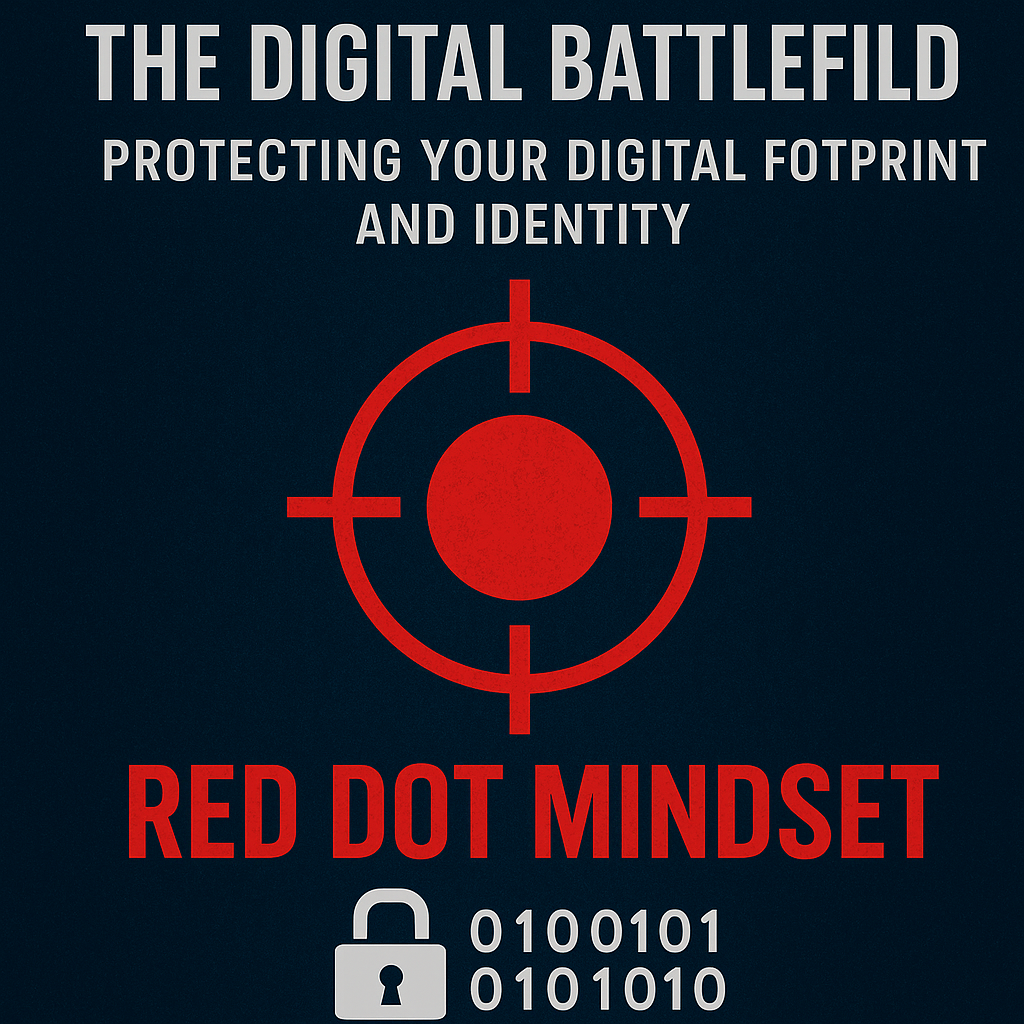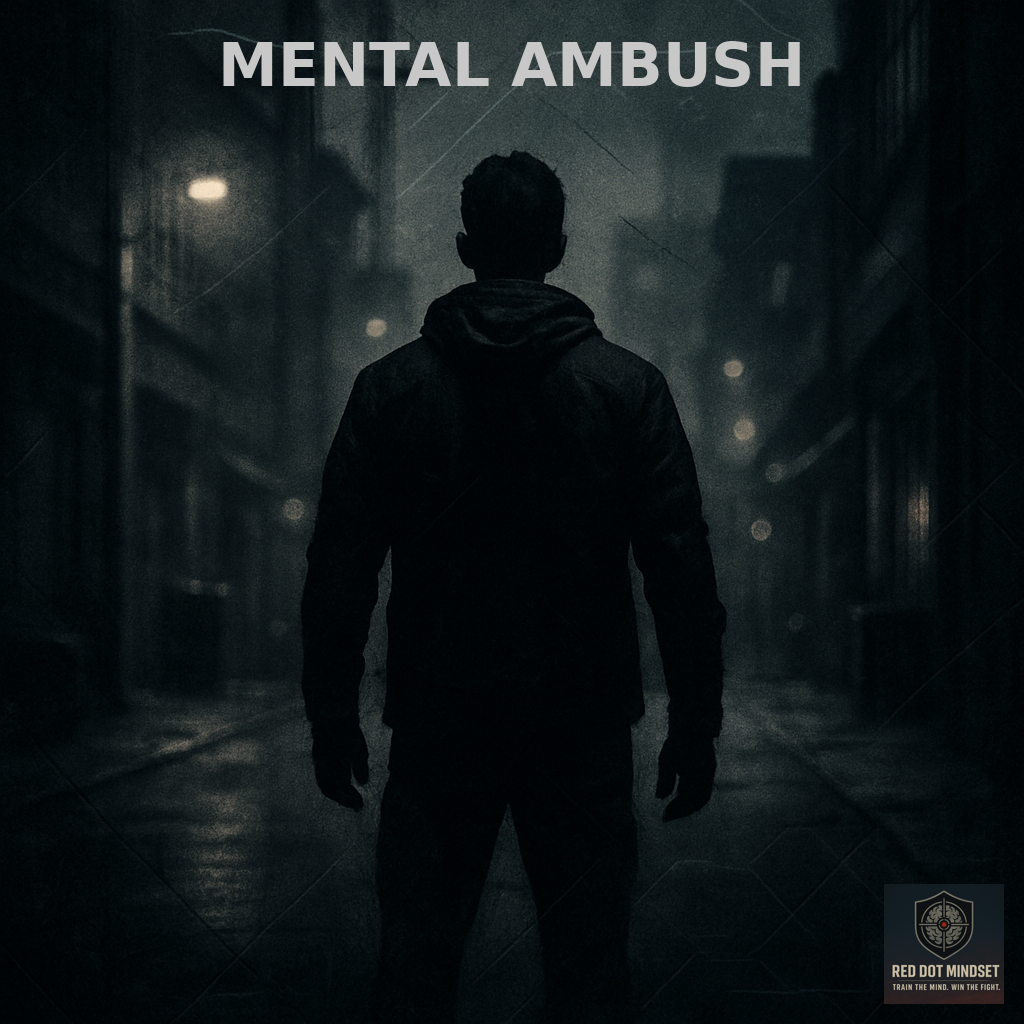Show Notes
Developed by subject-matter expert Mickey Middaugh (retired U.S. Air Force Security Forces Senior NCO; founder of Grey Matter Ops), this episode introduces the GMO Avoidance Ladder—a civilian-ready framework for proactive safety and situational awareness. Learn the Observer Effect (project visible alertness), Recognition using Baseline → Anomaly → Decision, Absence guided by Pre-Incident Indicators (PINs) from Gavin de Becker, Escape & Evasion (E&E) aligned with ALERRT’s Avoid–Deny–Defend and the FBI’s Run, Hide, Fight model, and De-escalation as a last off-ramp for proactive disengagement. Evidence from PERF’s ICAT evaluation in Louisville (−28% use of force, −26% citizen injuries, −36% officer injuries) underscores why structured tactics work. Start with the Two-Exit Scan—every room, every time—and follow the 4-week challenge to hard-wire awareness habits.Developed by subject-matter expert Mickey Middaugh (retired U.S. Air Force Security Forces Senior NCO; founder of Grey Matter Ops), this episode introduces the GMO Avoidance Ladder—a civilian-ready framework for proactive safety and situational awareness. Learn the Observer Effect (project visible alertness), Recognition using Baseline → Anomaly → Decision, Absence guided by Pre-Incident Indicators (PINs) from Gavin de Becker, Escape & Evasion (E&E) aligned with ALERRT’s Avoid–Deny–Defend and the FBI’s Run, Hide, Fight model, and De-escalation as a last off-ramp for proactive disengagement. Evidence from PERF’s ICAT evaluation in Louisville (−28% use of force, −26% citizen injuries, −36% officer injuries) underscores why structured tactics work. Start with the Two-Exit Scan—every room, every time—and follow the 4-week challenge to hard-wire awareness habits.
Chapters
- (00:00:00) - Tactical Civility: The Best Defense
- (00:01:27) - The First Step in Personal Safety
- (00:03:02) - Behavioral Situations: Baseline, Anomaly, Decision
- (00:07:00) - E and E: Planning Your Escape and Evasion
- (00:10:36) - The Last Resort: Deescalation Training




